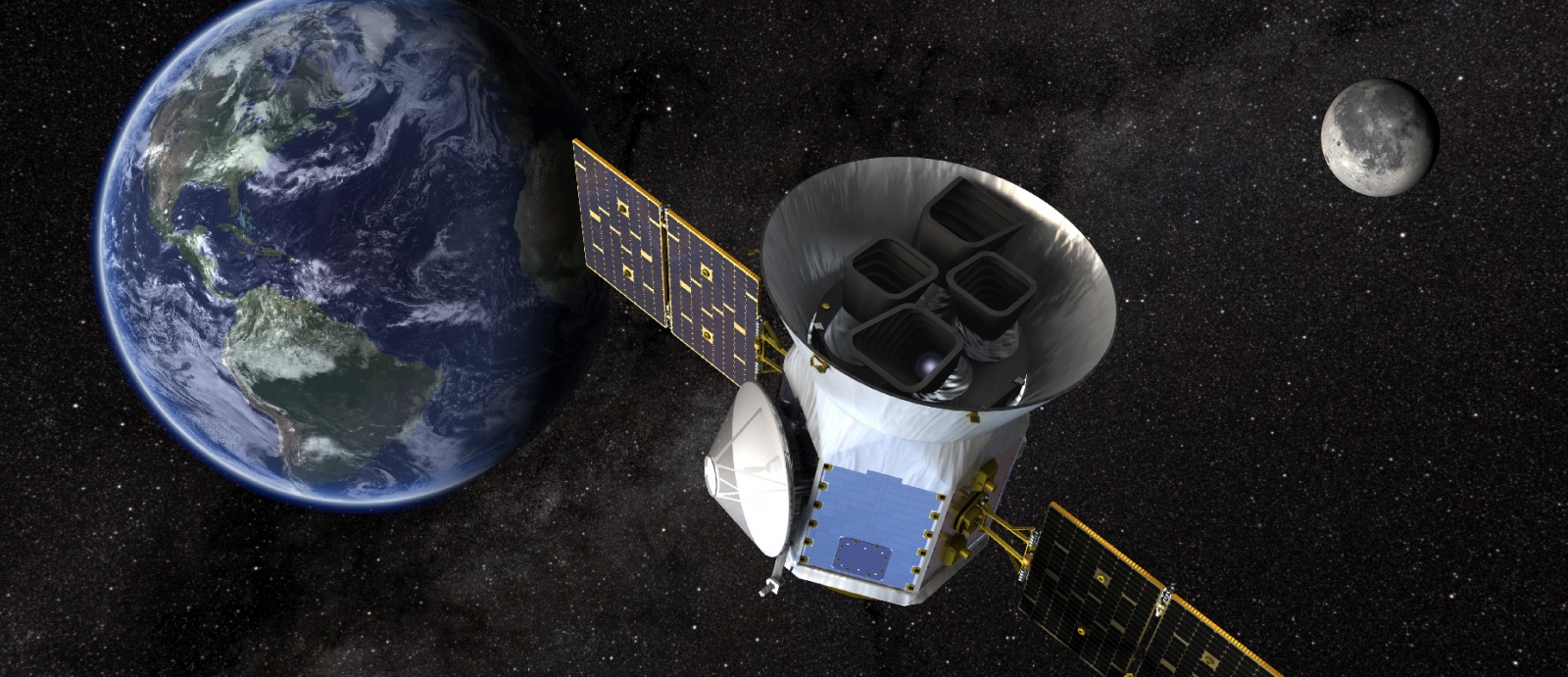
NASA’s Planet Hunter Completes Its Primary Mission
“TESS is producing a torrent of high-quality observations providing valuable data across a wide range of science topics,” said Patricia Boyd, the project scientist for TESS at NASA's Goddard Space Flight Center in Greenbelt, Maryland. “As it enters its extended mission, TESS is already a roaring success.”
TESS monitors 24-by-96-degree strips of the sky called sectors for about a month using its four cameras. The mission spent its first year observing 13 sectors comprising the southern sky and then spent another year imaging the northern sky.
Now in its extended mission, TESS has turned around to resume surveying the south. In addition, the TESS team has introduced improvements to the way the satellite collects and processes data. Its cameras now capture a full image every 10 minutes, three times faster than during the primary mission. A new fast mode allows the brightness of thousands of stars to be measured every 20 seconds, along with the previous method of collecting these observations from tens of thousands of stars every two minutes. The faster measurements will allow TESS to better resolve brightness changes caused by stellar oscillations and to capture explosive flares from active stars in greater detail.